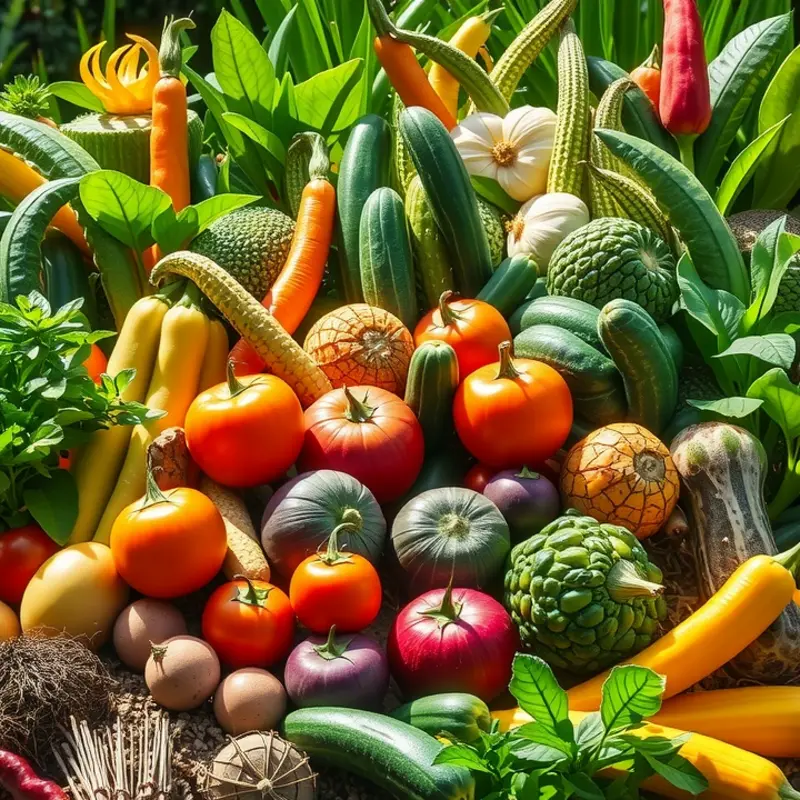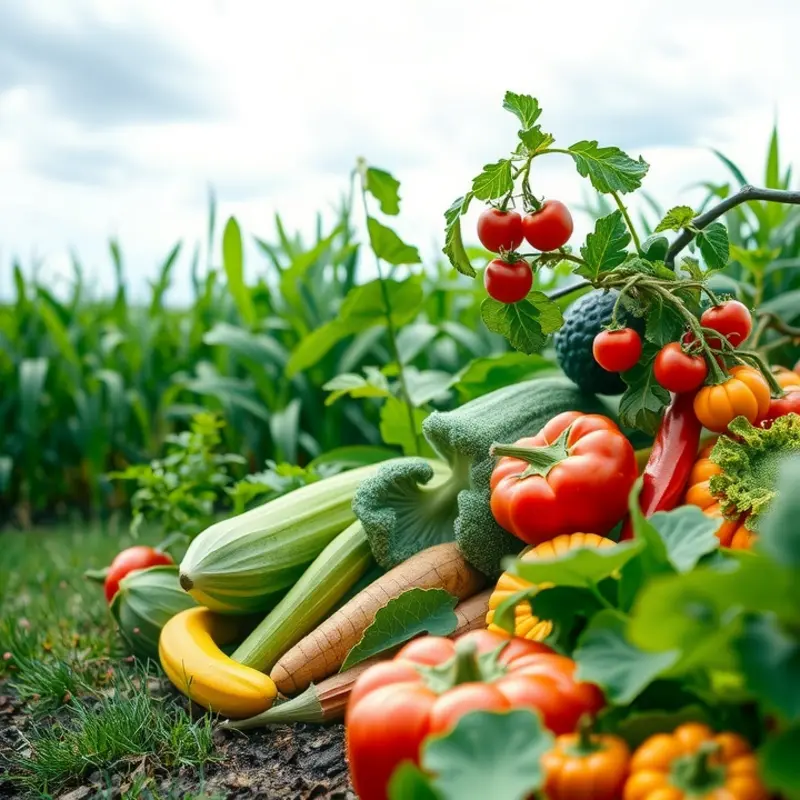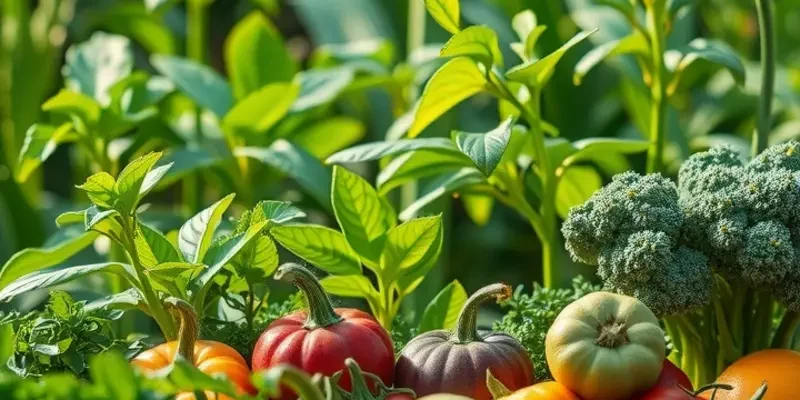Creamy soups are comforting and versatile dishes enjoyed year-round. Whether you’re a novice or a seasoned cook, mastering the art of crafting the perfect creamy soup can elevate your home cooking. This guide provides you with practical tips and techniques to create deliciously smooth and creamy soups that will impress your family and friends while enhancing your culinary repertoire.
The Essentials for Creamy Soups

Creating a creamy soup is both an art and a science that hinges on the choice of ingredients and the tools used. Understanding the essentials of creamy soup-making will elevate your culinary skills dramatically.
Core Ingredients:
To kick off your creamy soup journey, start with a base. Bases can be meat, vegetable stocks, or broths. Opt for a high-quality, flavorful stock as this is the foundation upon which your soup is built. You may even consider making it from scratch, simmering bones, or a medley of vegetables for richer flavors.
Once the base is chosen, consider thickeners to achieve that luscious creamy texture. Common choices include heavy cream, coconut milk for a dairy-free option, potatoes, or even pureed vegetables like cauliflower or carrots. For those seeking plant-based alternatives, pureed nuts and seeds can serve as excellent substitutes. You can find more non-dairy alternatives in this guide to non-dairy probiotics.
Flavor Enhancers:
To boost the taste without overpowering the creamy texture, employ various herbs, spices, and aromatics. Onion, garlic, and leeks sautéed in butter or oil set a flavorful stage. Herbs like thyme, bay leaves, or basil, added during simmering, infuse delicate yet distinct notes. For a umami punch, consider adding mushrooms or a splash of soy sauce. Find further ways to enhance flavor with reliable ingredients that don’t rely on excess salt.
Essential Equipment:
The right tools can make the difference when creating smooth, creamy soups. A high-quality blender is nearly indispensable, especially for pureed soups. Consider both immersion blenders and traditional countertop models, allowing you to choose based on preference and convenience.
A heavy-bottomed pot or stockpot ensures even heat distribution, reducing the risk of scorching during long simmers. Moreover, a fine-mesh sieve is useful for straining any lumps, ensuring a velvety mouthfeel.
Final Touches:
Presentation matters as much as taste. A drizzle of truffle oil or a sprinkle of chopped herbs before serving can elevate the visual and aromatic appeal of your soup. Remember, achieving balance is crucial; each flavorful layer should work in harmony, enhancing the overall dish.
With these essentials—knowledge of bases, thickeners, flavor enhancers, and the right tools—you are well on your way to crafting soups with an impeccable creamy texture. Explore further techniques and discover how these elements blend together beautifully in your culinary creations.
Techniques for Perfect Creaminess

Achieving that velvety, creamy texture in soups can transform a simple dish into an elegant delight. From the tried-and-true techniques to less conventional methods, each approach has its charm, offering both consistency and depth to the final product. Let’s explore some of these techniques.
Blending for Smoothness:
Blending is often the first method that comes to mind when striving for smoothness. Begin by cooking your ingredients till they are soft. Use either an immersion blender directly in the pot or transfer the contents to a countertop blender. If using a countertop blender, ensure your soup has cooled slightly to avoid splattering. Blend in small batches if necessary to achieve a uniform texture. For an even smoother finish, strain the soup through a fine mesh sieve into a clean pot, allowing any solid bits to be eliminated.
Emulsifying for Richness:
Emulsifying involves incorporating fat into the soup to create a fully integrated finish. Begin by cooking your base ingredients. Once softened, add a fat component such as butter or olive oil. Using a whisk, gradually drizzle the fat into the soup while blending to create an emulsion. This will contribute to a richer, more luxurious soup. Remember, the key is slowly adding the fat while continuously mixing.
Dairy Choices:
Dairy can elevate your soup with its creaminess. Options like heavy cream, sour cream, or cream cheese introduce subtle flavors and thicken the texture. Incorporate dairy at the end of the cooking process. Ensure the soup is not boiling when adding dairy, as excess heat can cause it to curdle. Gently stir the dairy in while warming the soup on low heat to integrate without breaking the texture.
Non-Dairy Alternatives:
For those avoiding dairy, numerous alternatives can mimic creaminess. Coconut milk offers a slightly sweet, rich texture that pairs well with spices. Nut-based milks, like cashew or almond milk, can provide creaminess and are often neutral in flavor. For a thicker result, consider adding puréed potatoes or white beans, which seamlessly blend and amplify texture. Find more ideas on dairy substitutions in our non-dairy probiotics guide.
Achieving Consistency:
Achieving the perfect consistency requires balancing the liquid and thickening agents. Begin with less liquid and gradually add more until you reach the desired thickness. For a smoother soup, extra blending may be required, which might also necessitate adjusting the seasoning.
Flavor Considerations:
Do not overlook the importance of seasoning while aiming for that creamy texture. Salt enhances flavors and sweetness balances savory spices. Adding a dash of acid like lemon juice or vinegar can cut through the richness, preventing the soup from becoming too heavy.
Each of these techniques offers a pathway to achieving that luscious texture, often perceived as elusive. Perfecting the creamy soup is about experimenting with these techniques to discover what best suits your palate and the ingredients at hand. In every pot of soup, you stir up creativity, inviting an experience that is as enjoyable in the creation as it is in the savoring.
Final words
Making creamy soups is a rewarding experience that can elevate your cooking skills and impress your dinner guests. By focusing on essential ingredients and mastering the right techniques, you can create silky smooth soups packed with flavor and nutrition. Remember to experiment with different bases and dairy or non-dairy options to customize each recipe to your taste. Now, enjoy your journey in crafting delightful creamy soups that warm the heart and soul.







